Road and traffic rules in Australia

Whether you're going to be doing intercity driving or hitting the outback highways, there are a few things you should know before getting behind the wheel.
In this article we’re covering the key road and traffic rules in Australia as well as a few top tips around heading ‘out bush’, dodging dingos, and understanding the Aussie way of the road.
Drive on the left in Australia
Ok, first things first: yes, you’ll be driving on the left side of the road. For newcomers used to a ‘right hand drive’ this can be a bit of a brain bender, particularly when it comes to navigating roundabouts or making turns at traffic lights.
The key here is not to panic and give yourself a little bit of extra time to adjust - especially when you’re on the move in busy CBDs (central business districts) or narrow city side streets.
Give way to your right

Here’s another Aussie driving rule to remember: you give way to the right. At intersections without clear signs or signals, always yield to traffic coming from your right. This can get tricky in rural areas where things aren’t always well-marked, so stay alert. It might feel like a mini game of chicken at times, but don't worry—Aussies are pretty relaxed about it and will often wave you through if you’re unsure. With a bit of practice, you'll have this one down in no time.
Let’s talk licensing
If you’re a visitor, a valid overseas driver’s licence is essential to being able to drive on Aussie soil. Your overseas licence should be all you need if:
If you do not meet the above requirements, you will likely need to obtain an International Driver’s Permit (IDP).
If you're a local, but your licence is from another state or territory, you're good to go—just be sure to check if there are any specific rules about long-term interstate driving, see our guide to rewewing your driving licence. And if you’ve recently moved to Australia, you’ll need to swap your foreign licence for an Aussie one after a certain period (usually three to six months, depending on where you're from). If you're new to Australia and looking for a vehicle, here's a guide to how and where to buy a car.
One more thing around licensing: in some remote areas, especially in the outback, police may ask to see your licence at checkpoints, so don’t forget to keep it on hand—along with your sense of adventure.
What are the different speed limits in Australia?
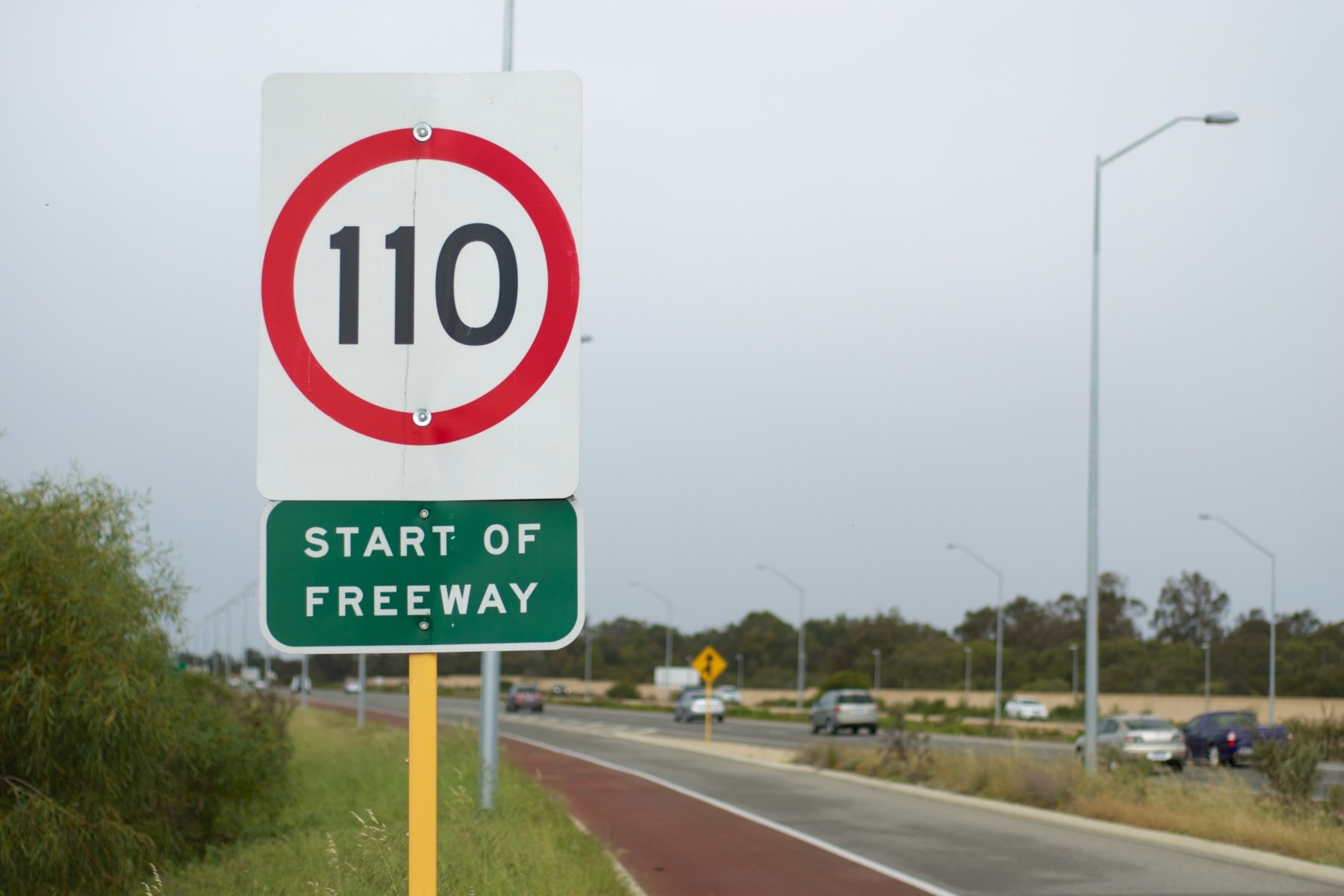
Speed limits in Australia are strictly enforced and vary depending on the type of area, time of day and road conditions. This makes it extremely important to keep an eye out for road signs.
As a guide, general speed limits in Australia are:
Changing speed limits
School zones
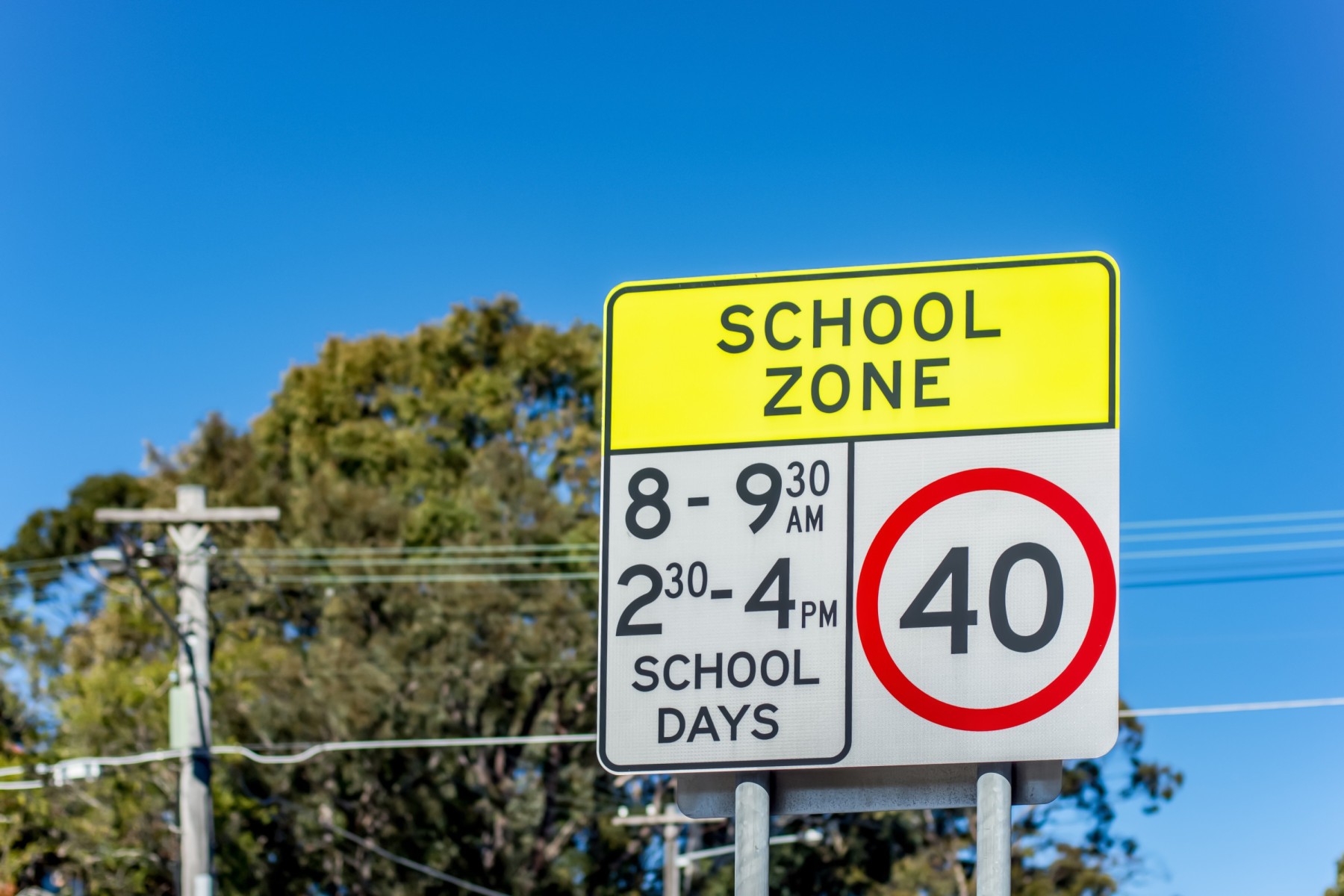
Be extra cautious in school zones, where speed limits drop to 40 km/h (25 mph) during school drop-off and pick-up times, usually marked with flashing lights. Fines for speeding, especially in school zones, can be steep.
Temporary speed limits
Additionally, be aware of temporary speed limits, which can pop up for roadworks, accidents, or other hazards. These limits are just as enforceable as permanent ones, so if you see a change, obey it—your wallet (and safety) will thank you.
Permanent and mobile speed cameras are extremely common, and they don’t miss a thing.
Be sure to stay in the limit, stay alert and you’ll have no problems.
Is it illegal not to wear a seatbelt in Australia?
In Australia, wearing seatbelts is not just a safety measure—it’s the law. Whether you're in the front or the back seat, you must buckle up, no exceptions. Police are vigilant about enforcing this, and fines for seatbelt violations can be hefty. So, before you fire up the engine and hit the road, make sure everyone in the car is strapped in. It's not just about avoiding a fine—it could save your life.
Railway crossings
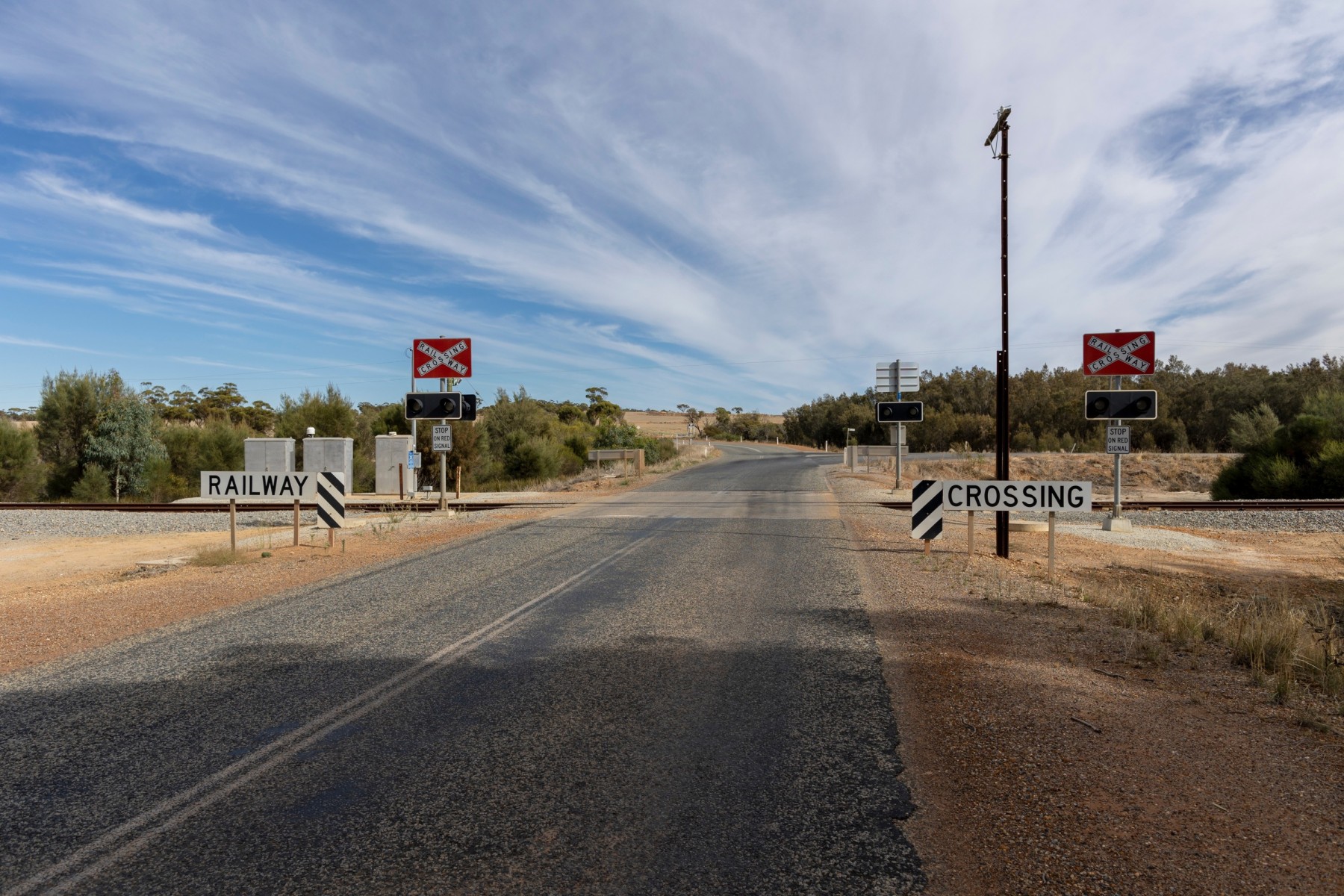
When you're driving in rural or less populated areas in Australia, keep an eye out for railway crossings. These are often marked with flashing lights or gates, and ignoring them can have serious consequences. If the lights are flashing or the gates are down, stop, even if you don't see a train coming. Trains can appear faster than you'd expect, and unlike cars, they can’t swerve out of the way. Always give trains the right of way—it could save you from a very avoidable disaster.
Driving under the influence
Australia takes driving under the influence seriously, and the penalties reflect that. Expect Random Breath Tests (RBTs) frequently set up on the side of the road, crack downs during holiday periods and long weekends, and a zero tolerance for drink or drug driving.
The legal blood alcohol concentration (BAC) limit is 0.05% but if you're planning to drink or take something that affects your judgement, the safest bet is to hand over the keys and catch a ride. Your wallet and your safety will thank you.
Mobile phones
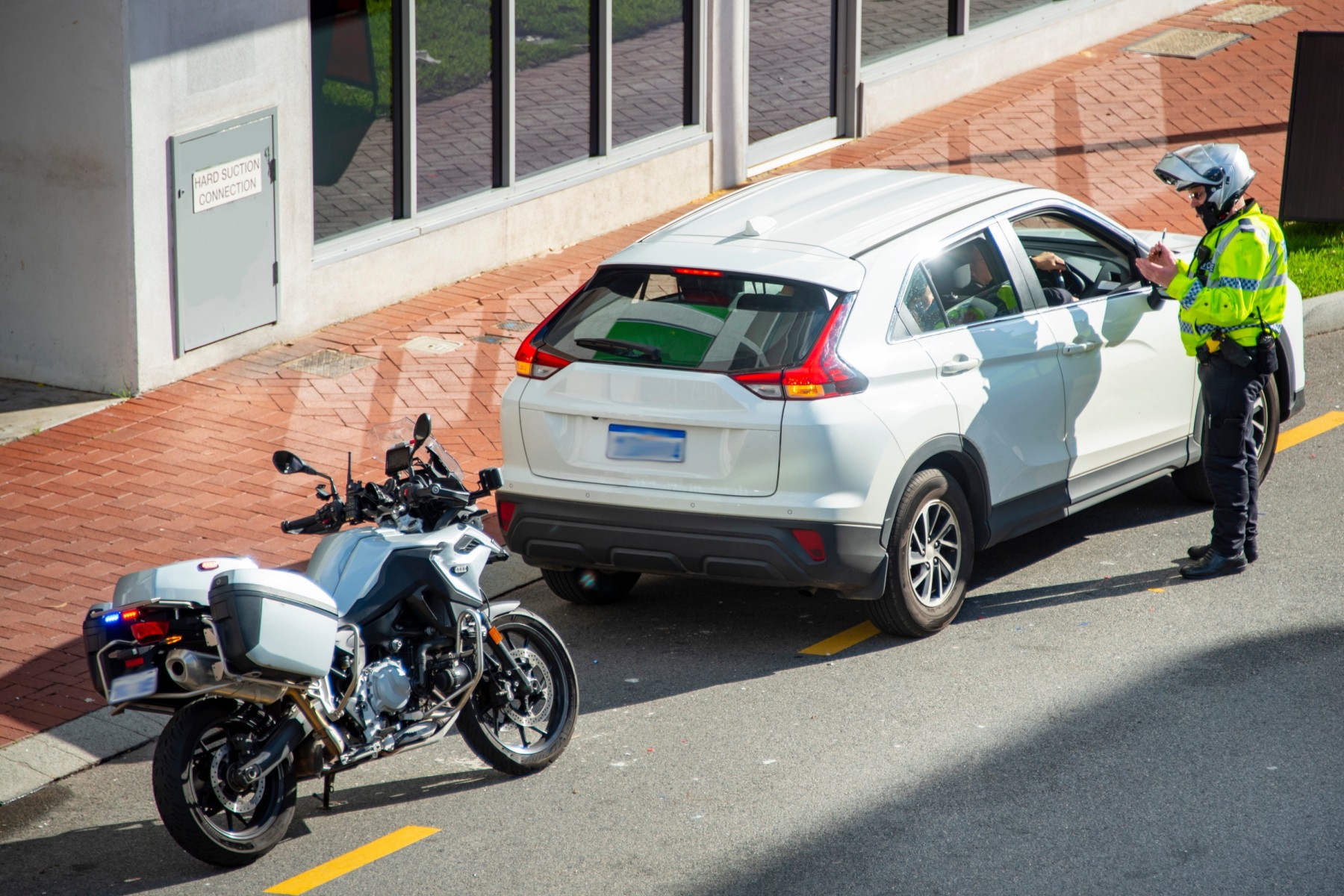
Using a mobile phone while driving is a major no no and is against the law unless you have a hands-free system. Even at traffic lights, pulling out your phone could land you a fine if you’re caught.
Paying road tolls across Australia
If you're driving in major cities like Sydney, Melbourne, or Brisbane, be prepared for toll roads. Australia has an extensive network of toll highways especially in the larger cities, designed to help smooth out traffic flow. Most of these roads don’t have toll booths where you can pay on the spot—instead, you’ll need an electronic tag or an online account to pay. For short trips, you can usually pay through a "day pass" system or use apps that let you pay the tolls digitally. If you're renting a car, the rental company will typically provide a tag or offer a toll payment option, but make sure to ask about it when you pick up the car. If you don’t pay the tolls on time, expect fines and fees to pile up—so it’s worth getting the hang of the system before you hit those toll roads.
General road and traffic rules in Australia
Driving in Australia - road etiquette
Car beeping
In Australia this is typically reserved for emergencies or to alert someone to an immediate hazard. It's not a tool for venting frustration in traffic or telling someone to hurry up—so if you're tempted to lay on the horn, think twice.
Merging and giving way
Aussies are generally laid-back about letting other drivers merge or change lanes, but don't expect to be let in if you're not courteous.
Acknowledging others on the road
On the road, a friendly wave or nod can go a long way to show appreciation, especially when you give way or allow someone to pass.
Patience with others
While road rage isn’t too common, it’s always a good idea to stay calm and patient—whether you're navigating city traffic or stuck behind a slow-moving caravan on a country road. As they say in Australia, "Take it easy"—because nothing ruins a road trip like bad vibes.
Road conditions in Australia
Australia’s road conditions can vary drastically depending on where you're driving. In the cities, you'll find well-maintained, multi-lane highways and smooth tarmac—perfect for cruising along.
But as soon as you head out into rural areas, especially in the outback, be prepared for less predictable roads. Some highways can be long, straight, and feature vast stretches of nothing, while others might have patches of gravel, potholes, or even flood damage, especially after heavy rain.
Wildlife on the roads in Australia
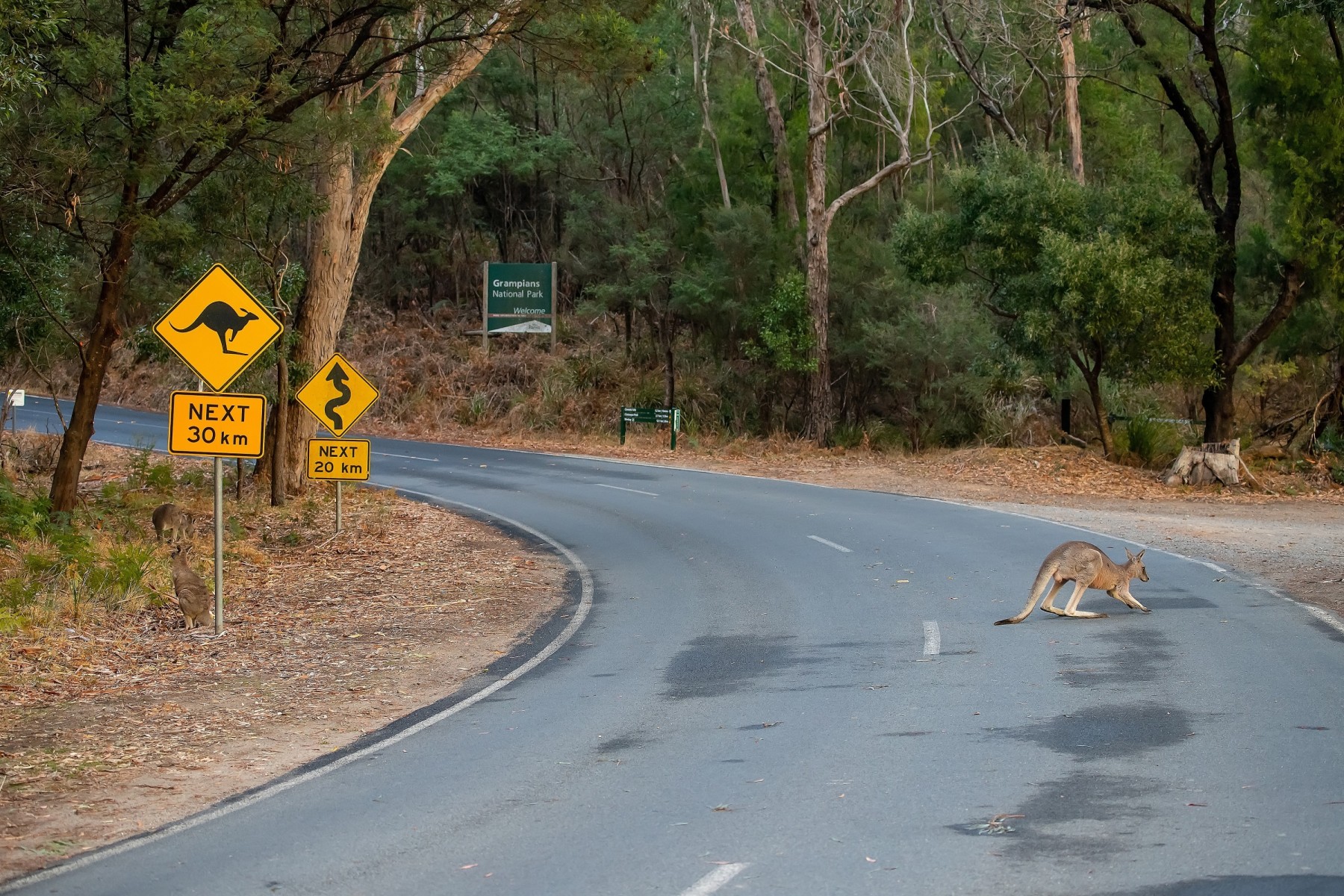
Let’s not forget about Australia's wildlife. Animals like kangaroos, koalas, and wombats can wander onto roads, especially in rural or remote areas. Watch for signs warning of wildlife crossings, and stay alert—these creatures don’t follow traffic signals.
Bringing your car to Australia - let the adventure begin
Ready to hit the road but don’t want to deal with renting a car every time you explore?
Shipping your own vehicle to wherever you are in Australia is a great way to make sure you have an easy and immediate way to start a road trip of take off on an Aussie adventure.
Whether you’re planning a long-term stay or just want the convenience of having your car waiting for you, Upmove can connect you with reliable car transport services that can handle the logistics of getting your vehicle from A to B.
After all, no Aussie adventure is complete without a road trip—and with your own car, the possibilities are endless.
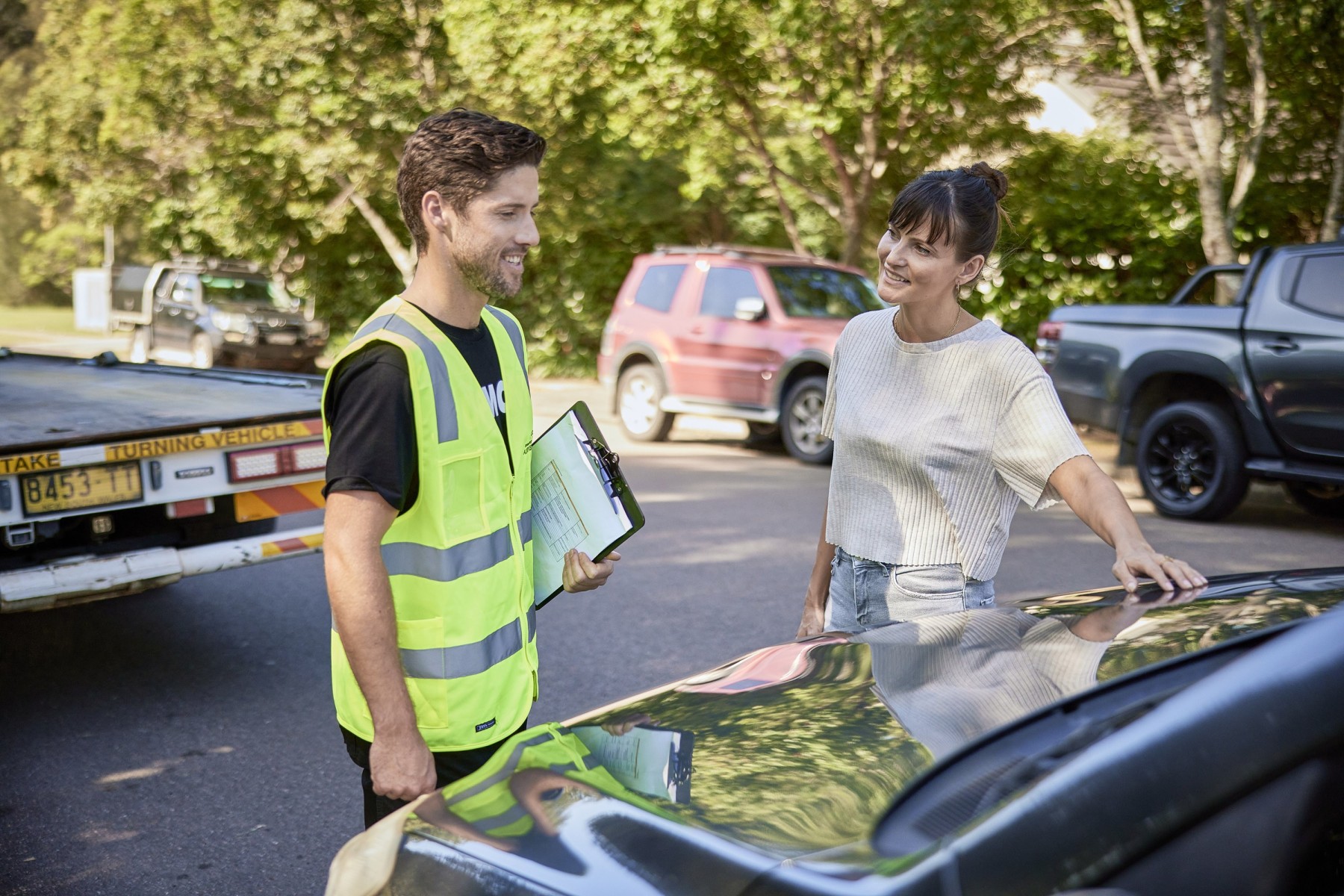
What do our customers say?


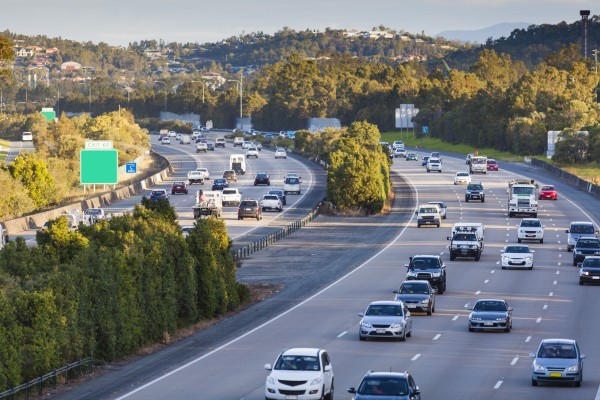
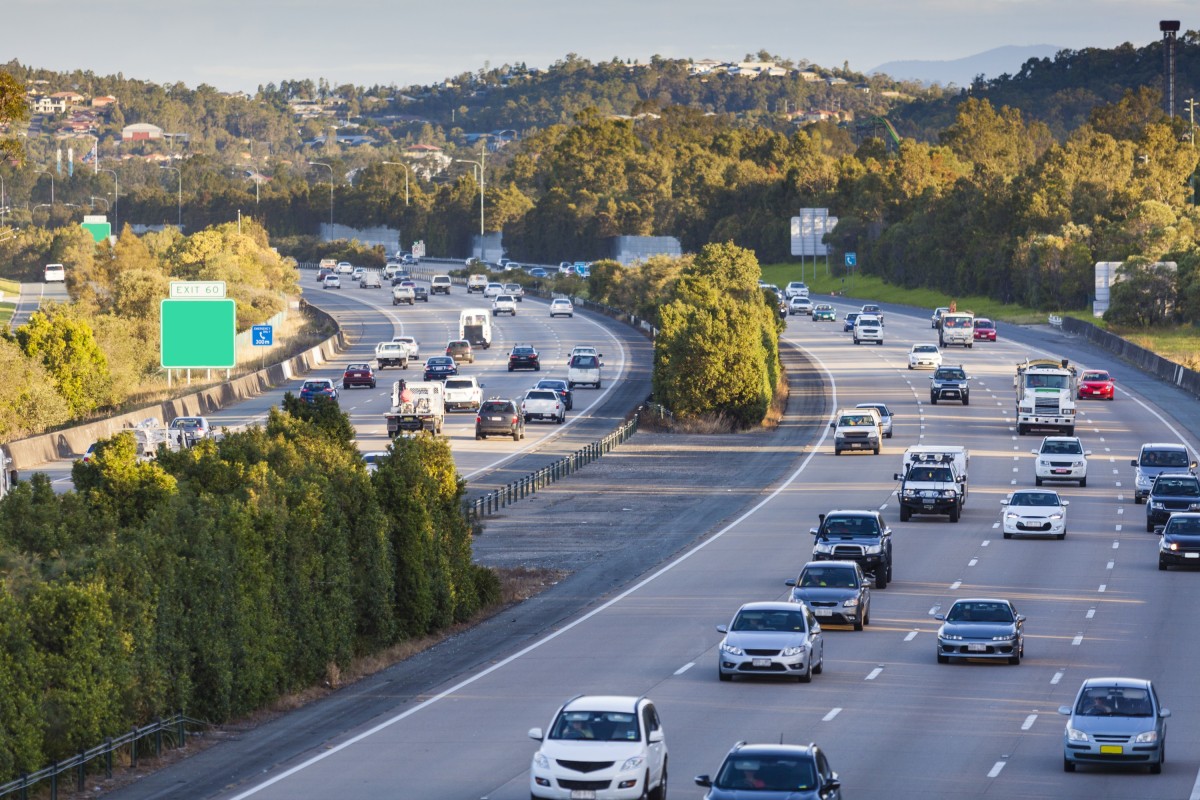
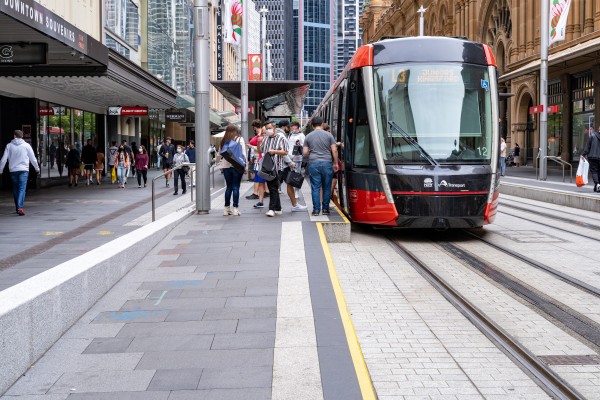
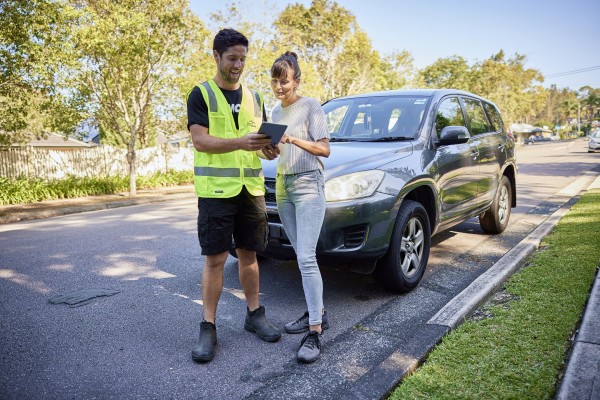
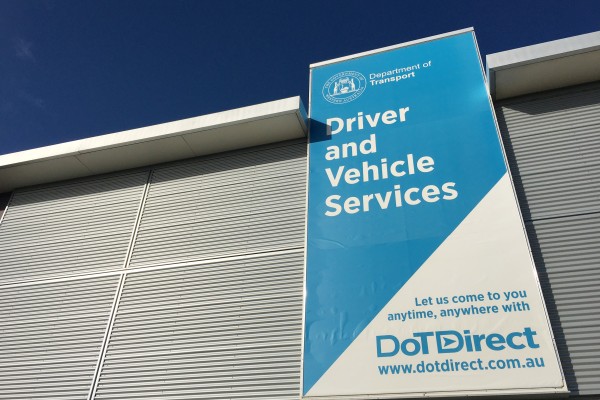
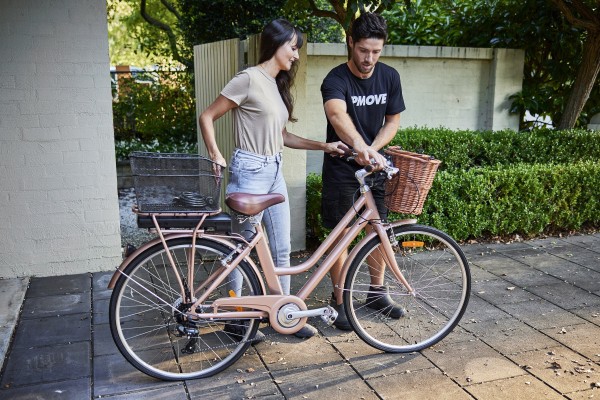


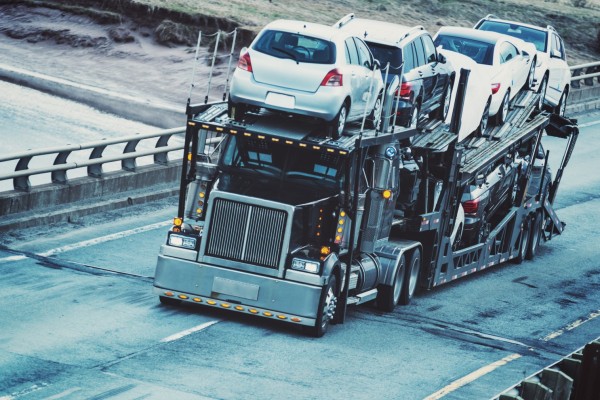

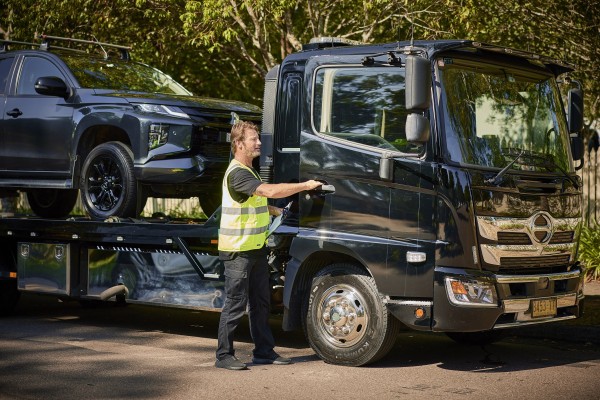
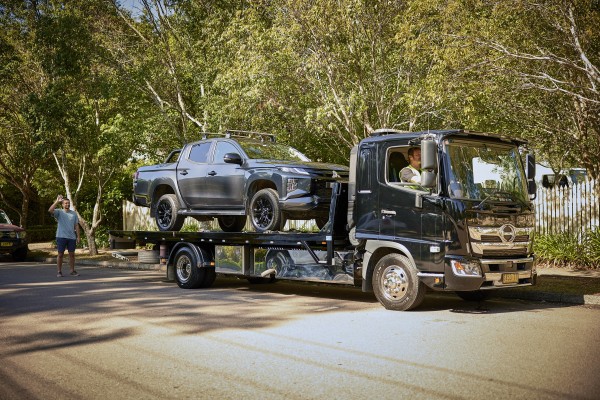
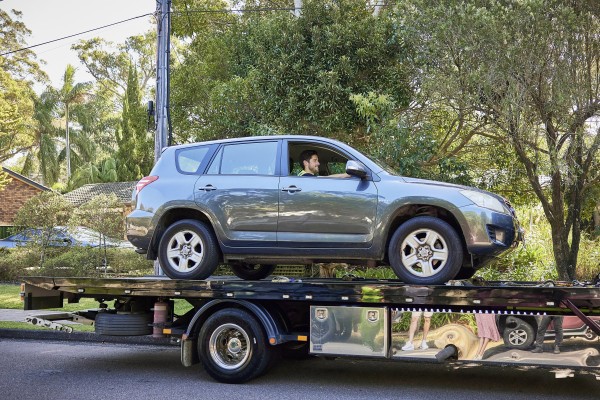
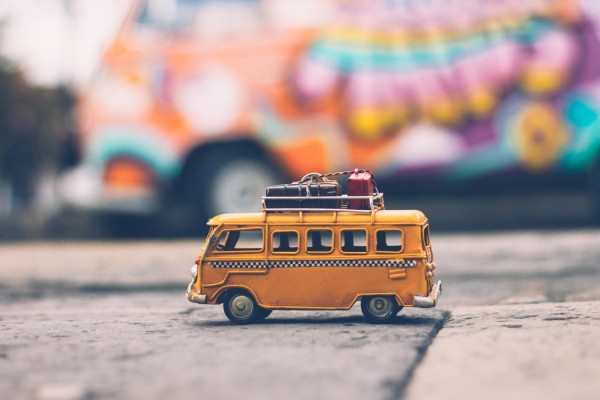
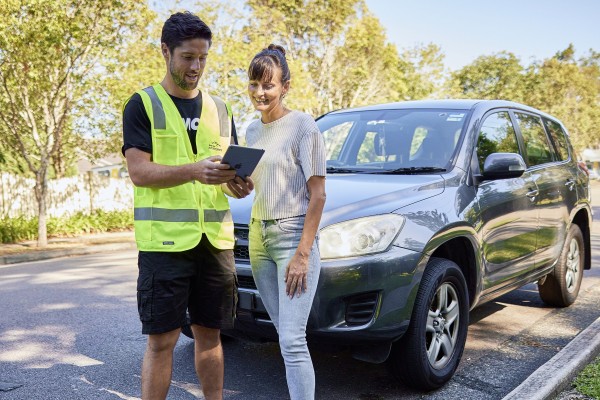

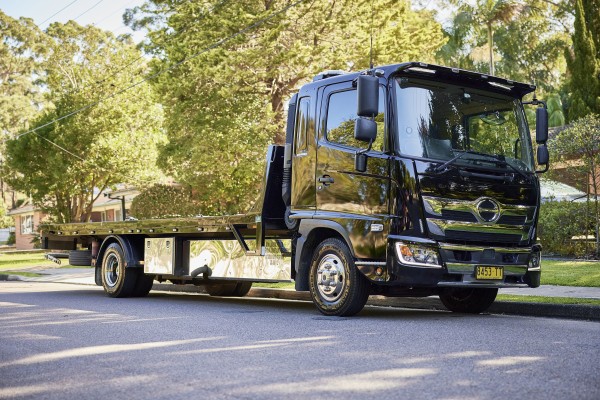

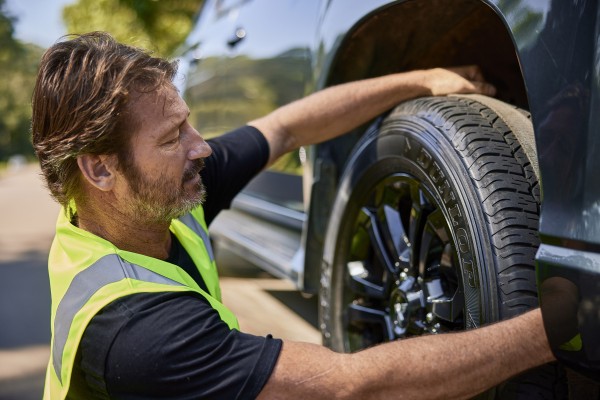

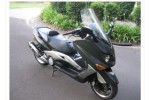

![Electric Bass Guitar Amplifier [90x70x35cm ; 50kgs], Electric Bass Gui... Electric Bass Guitar Amplifier [90x70x35cm ; 50kgs], Electric Bass Gui...](https://cdn.upmove.com.au/image/listing/3526991a6bdc56e645ac1b2a540b126e.jpeg)


